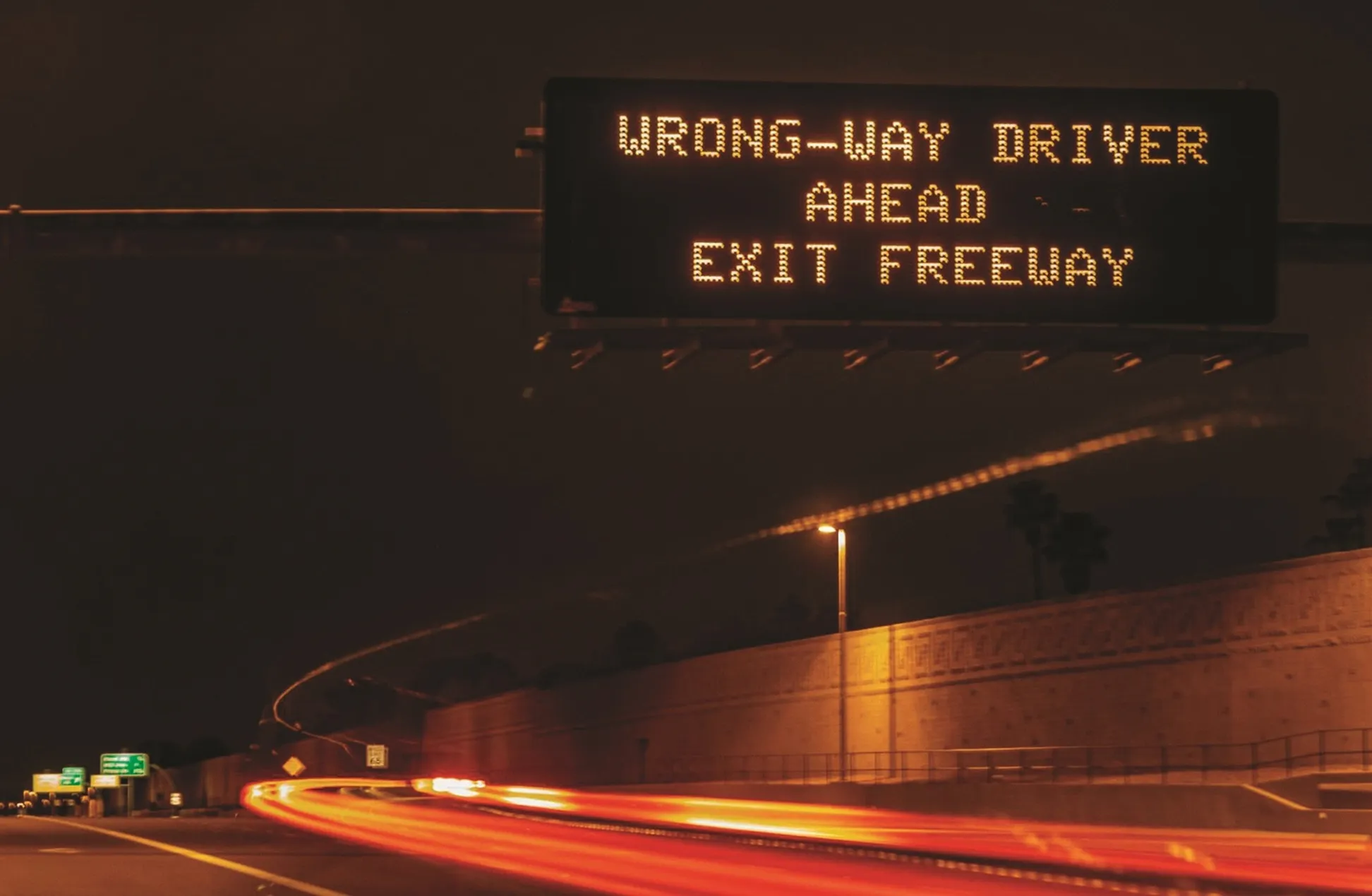
Two SAW scales are paired and connected with a PC via Bluetooth. The vehicle drives over the scales at slow speed and the weighing result (wheel/axle weights and gross vehicle weight) is displayed on the screen. For weight enforcement with the highest accuracy the system can be switched to static operation mode.
The low-profile, rugged system is lightweight and corrosion-resistant and designed to meet OIML R134. It is suitable for dynamic measurement for overload indication and dual-scale system configuration with computer-based processing for reporting, protocol printing and data archiving.










